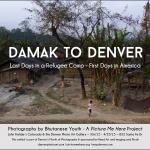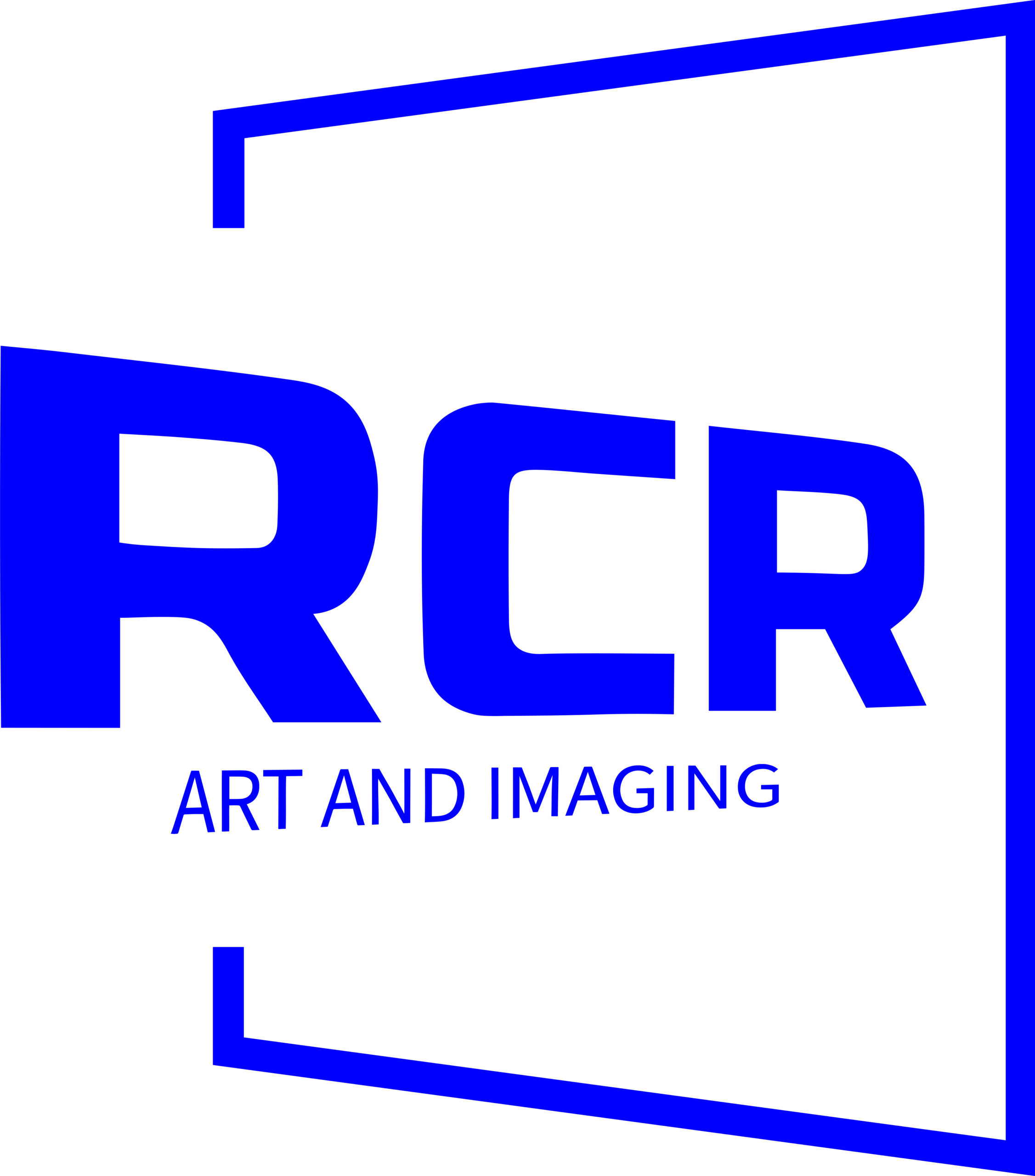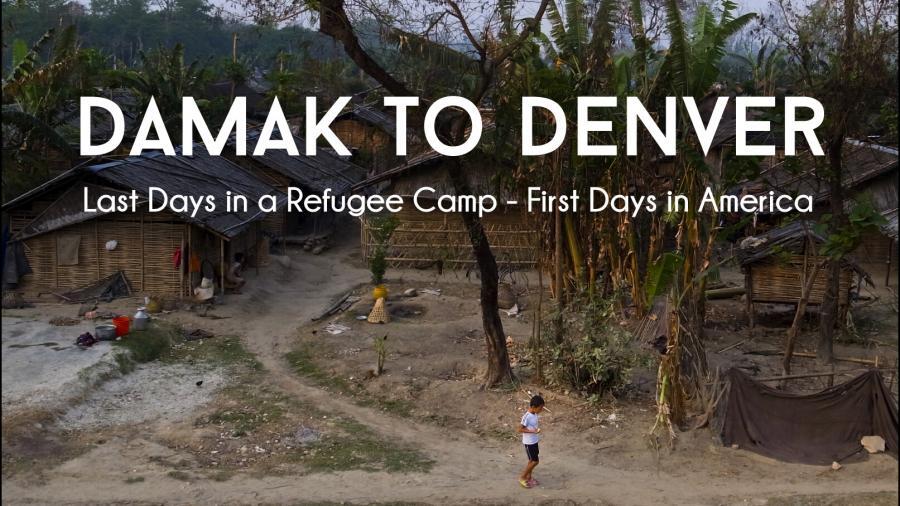
FOR IMMEDIATE RELEASE
Event: “Damak to Denver: A Picture Me Here Project” Exhibit Features Bhutanese Refugee’s Photographs and Stories of their last days in a refugee camp, their journey to the United States and their first days in Colorado. Location: John Fielder’s Colorado & the Denver Photo Art Gallery, 833 Santa Fe Drive, Denver, CO 80204
Exhibit dates: March 6 – April 25, 2015 Opening reception: March 6, First Friday, 5-9pm Gallery Hours: Tuesday-Saturday from 9am-5pm, with extended hours on First Fridays Project Partners: United Nations Refugee Agency, International Organization for Migration, Caritas Nepal, Reed Art and Imaging, Ricoh/Pentax, Colorado Photographic Arts Center, Aurora Cultural Arts District, City Museum of Kathmandu, 258 Kickstarter Donors
Denver, CO (November 22, 2014) – Last Spring, Picture Me Here (PMH), a digital storytelling program for refugees based in Denver, provided cameras and training to Bhutanese youth living in a refugee camp in Eastern Nepal. The young refugees were scheduled to resettle in Aurora and most arrived by August. This training led by photographers and storytelling mentors empowered them to document their last days in the camp, their journey to Colorado and their first impressions of life in the US. Opening on March 6th, John Fielder’s Colorado & the Denver Photo Art Gallery will host an exhibit featuring a selection of these photographs by these individuals as they reflect on the past and start building new lives in America. Photographs and books will be available for purchase. Proceeds support the photographers, the PMH program and John Fielder’s Colorado & the Denver Photo Art Gallery.
PMH started in 2012 working with local refugees. The project in Nepal is their first international project and was made possible with help from the United Nations Refugee Agency. “PMH is committed to fostering communication, integration and connection among diverse groups of people. Participants document their lives and realize the value of their stories while learning new skills in leadership, technology and English” says Brigid McAuliffe, PMH director. Exhibit is open to the public and is free admission. More details about the exhibit can be found, when available, on www.denverphotoart.com
________
# # #
“Everything about the photo says Nepal, from the posters on the wall to the men. It reminds me of how much I love Nepal.” – Keshavi Neupane
“Dhaka weaving is very important and a big part of life in Nepal. The women are like a second mother to me and hold a very special place in my heart.” – Keshavi Neupane
“This is a photograph of my neighbor. She is sieving rice to make food. Though she’s extremely old, she has the power to see the very small pebbles. This is something she does twice a day, both early in the morning and again in the evening. By seeing this photograph, I realize that every person is capable to do work.” -Bhim Bahadur Bhattarai
“This woman is my aunt. She is cooking curry with some tomatoes in the bowl beside her. The sunlight scatters from the slats in the wall of her refugee hut.” -Bhim Bahadur Bhattarai
“This is the photograph that I took Bhadrapur Airport in Nepal. At this time, I am ready to take a flight from Bhadrapur to Kathmandu, which is the capital city of Nepal. At this moment, I am feeling amazing because this is the first time I am taking the airplane. I am excited.” -Bhim Bahadur Bhattarai
“The woman has to go to the husband’s parents house, when we resettle. I came with my husband to Colorado because that is our culture. My heart was broken to leave my parents. After the camp closes they will go some place far away called Pan Cha Me, in the mountains. They have a brother they have to take care of in the camp. My step dad does not want to come to America. There was one women who knew my mom and my stepdad. She knew they had lost their partner and told them to marry. They met and fell in love. My step dad likes to hold things in his hands when he takes pictures.“ – Aita Rani Subba
“Mohan is taking water home from the well. The water is for doing laundry. In the camp, Mohan and I did laundry together, 5-6 times a day. A big family will carry 7-8 times because they have a lot of clothes.” -Aita Rani Subba
“In the camp, we had to follow a schedule to get water in the morning and evening. This woman is getting water for cooking and drinking. We stand in line to get water. Sometimes we wait one hour. America is very different from Nepal. This country is very fast. Very easy. When I arrived at the Los Angeles airport I went to restroom. I put my hands under the faucet and the water came. How is it? I felt like someone was giving from above! I was surprised! The air dryer also surprised me. At that time a stranger taught me to dry my hands. I used the hand dryer and it was loud. I was afraid.” – Mohan Rai
“We came to America to make life. For our kid’s life. There are lots of Nepali people in Grace Apartments and the park is nice.” – Mohan Rai
“We put a ceremonial scarf called a khada over the shoulders of the relatives and friends who are departing as a sign of respect and remembrance.” – Mani Kumar
“I used a camera a lot in the refugee camp to capture the last moments of our relatives before they departed for their destination.” – Mani Kumar
Picture Me Here participants and instructors in the classroom
Picture Me Here students and instructors on the last day of class.
Some of the participants at a recent exhibit featuring their photographs and stories.
Portraits of the participants at their huts (taken by the instructors)
Participants learned how to use a camera and they selected images for an exhibit in the refugee camp.

